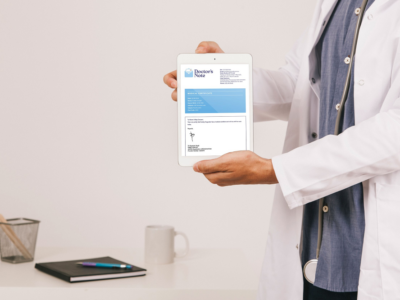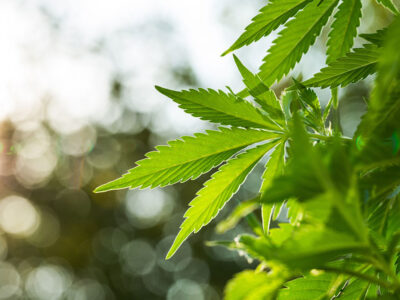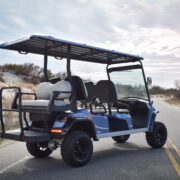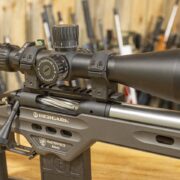One of the primary issues that comes to choosing the perfect ultra-low temperatures freezer is the temperature range of your freezer. The range of temperature is dependent on your work and what cooling necessity you have. The temperature capability of the cryogenic freezer’s general-purpose lab freezes and the ULT freezers are all different. They offer varied capabilities of temperatures.
Apart from this, you also need to know certain things about your lab freezer. It is essential not just to make the right purchase but also to maintain your freezer well to serve you in the long run.
Before investing in a lab freezer, here are seven things that you should know about the lab freezers.
1. Next time you open the door of the freezer know that it takes 10 minutes for the freezer to get back its temperature.
You may accidentally leave the door of your freezer open just for one second. In case you open the door of your ULT freezer, then it can recover the temperature fast. It takes almost 10 minutes to recover the temperature that you had set every time you open the door.
2. A small freezer consumes more energy than a large freezer.
The small freezers need more energy for every cubic foot as compared to a large freezer. You may have expected the large freezers to consume more energy. That is not the case. You may also want to share your freezer with some other research group if the cost is a factor for you.
3. Remote monitoring system
Many materials and samples do not have to stay cold. They need to be monitored regularly to ensure that they are in their best condition. Many modern freezers have temperature alarms and screens for data tracking where the temperature reaches a particular point. The sample quality could be compromised on. An alarm will sound to notify the person about it.
4. The digital temperature displayed may not reflect the freezers’ internal temperature.
We usually check the digital display mark to be assured that the samples in the fridge are frozen. However, there is a difference between the temperature displayed and the exact temperature of the freezer. The issue arises because the position of the temperature sensor is different in the inner compartment. It is usually in the middle top or bottom.
5. The freezer could breakdown in case you keep any warm sample in the freezer directly.
You may not think that it is a great deal if you place samples in the freezer at room temperature. However, your lab freezer could be a -80 degrees freezer which could cause a mechanical failure. To freeze something that is at room temperature then you need to invest in a blast freezer. To use a normal lab freezer, you should first freeze the sample on a lab bench using dry ice before it is put in the freezer.
6. Frost build-up occurs in freezers. There are ways in which it can be prevented.
Your lab freezer may have a thick frost blanket on its door. It is inconvenient to open it. It is common for the ULT freezers to gather frost when any low-temperature surface gets in contact with the room’s humidity. The claw latch on your freezer door can help to reduce the build-up of frost. Insulation and gaskets that are present in the outer and inner doors help to maintain the freezer temperature.
7. The freezer should not have any storage on top of it.
Freezers need to be properly ventilated. Else it will release the warm air from their interiors. There should be 8 inches of space on the top and 5 inches of clearance on each side of the freezer. So make sure to keep all the empty boxes that you have stored in the freezer somewhere else.
Ventilation is required for every freezer. The needs can vary from one to the other. When you buy the unit, take care to inquire about the ventilation needs of the freezer. You need to make sure that the model that you choose can get proper ventilation in your lab without any kind of restriction.
Conclusion
There are many things that you need to know about before you invest in a freezer for your laboratory. The freezer capacity is a crucial factor to look into. So it can be used to its optimal efficiency. Depending on the number of samples and volume, you should choose the right freezer to meet your needs. In many cases, you can just invest in a small lab freezer which will be more than enough to improve the efficiency. Make sure to evaluate your floor space and storage needs with absolute accuracy and precision.












Comments